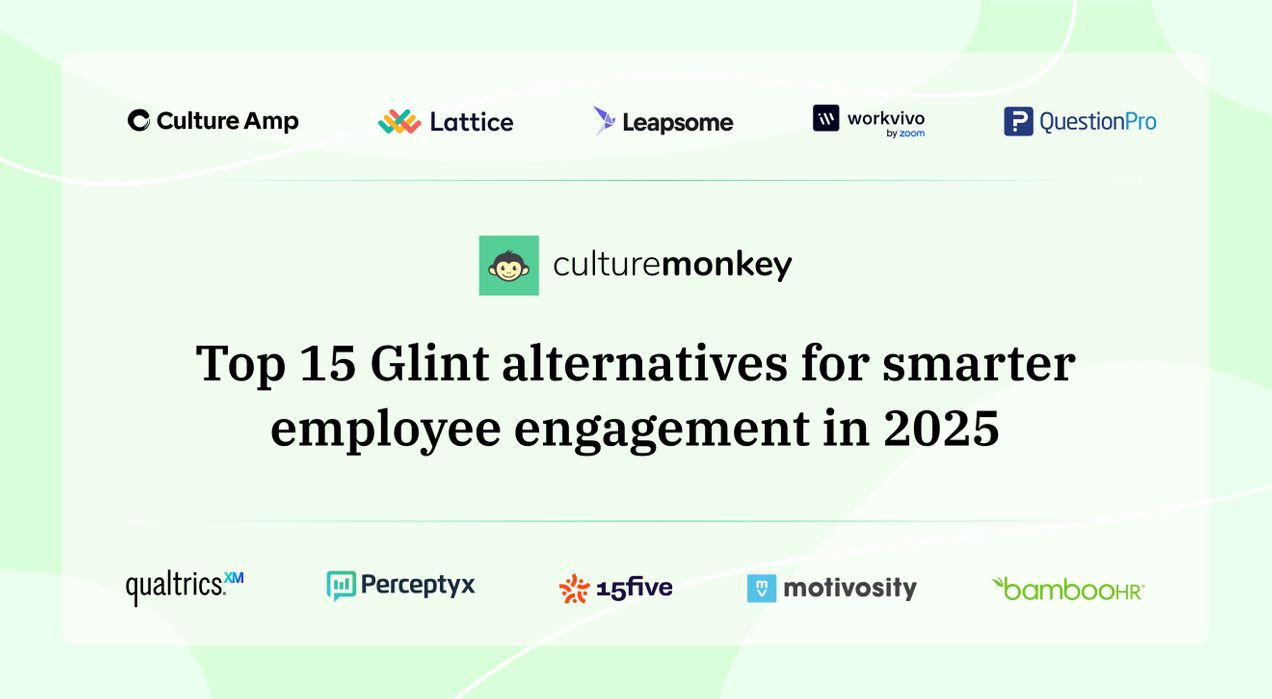How to scale engagement with AI: A strategic guide for HR leaders in 2026

Remember those childhood summer fairs where you tried to win a prize by tossing rings onto bottles? One moment you’d land a perfect throw, the next you’d miss everything by a mile. The trick wasn’t strength, but it was rhythm. Once you found the right cadence, every throw felt smoother, easier, almost automatic.
That’s what scaling engagement feels like today. You can’t just rely on one-off efforts or guesswork; you need a rhythm that stays consistent even as things grow more complex. And this is exactly where AI steps in, not as a fancy accessory, but as the rhythm keeper that helps you sync decisions, sentiment, and support with precision.
If you’ve been trying to “find your throw,” this is where things finally click. Stick around to see how AI gives you that rhythm.
- AI helps HR scale engagement by continuously analyzing sentiment and feedback across large, distributed teams.
- Traditional surveys and manual analysis are too slow and generic to meet today’s personalization expectations.
- AI predicts burnout and disengagement early, enabling proactive support instead of reactive damage control.
- Personalization becomes easier as AI tailors communication, surveys, and action plans by team, role, and location.
- CultureMonkey offers AI-driven insights, pulse surveys, and automated recommendations to help HR scale engagement effectively.
What does it mean to scale employee engagement with AI tools?
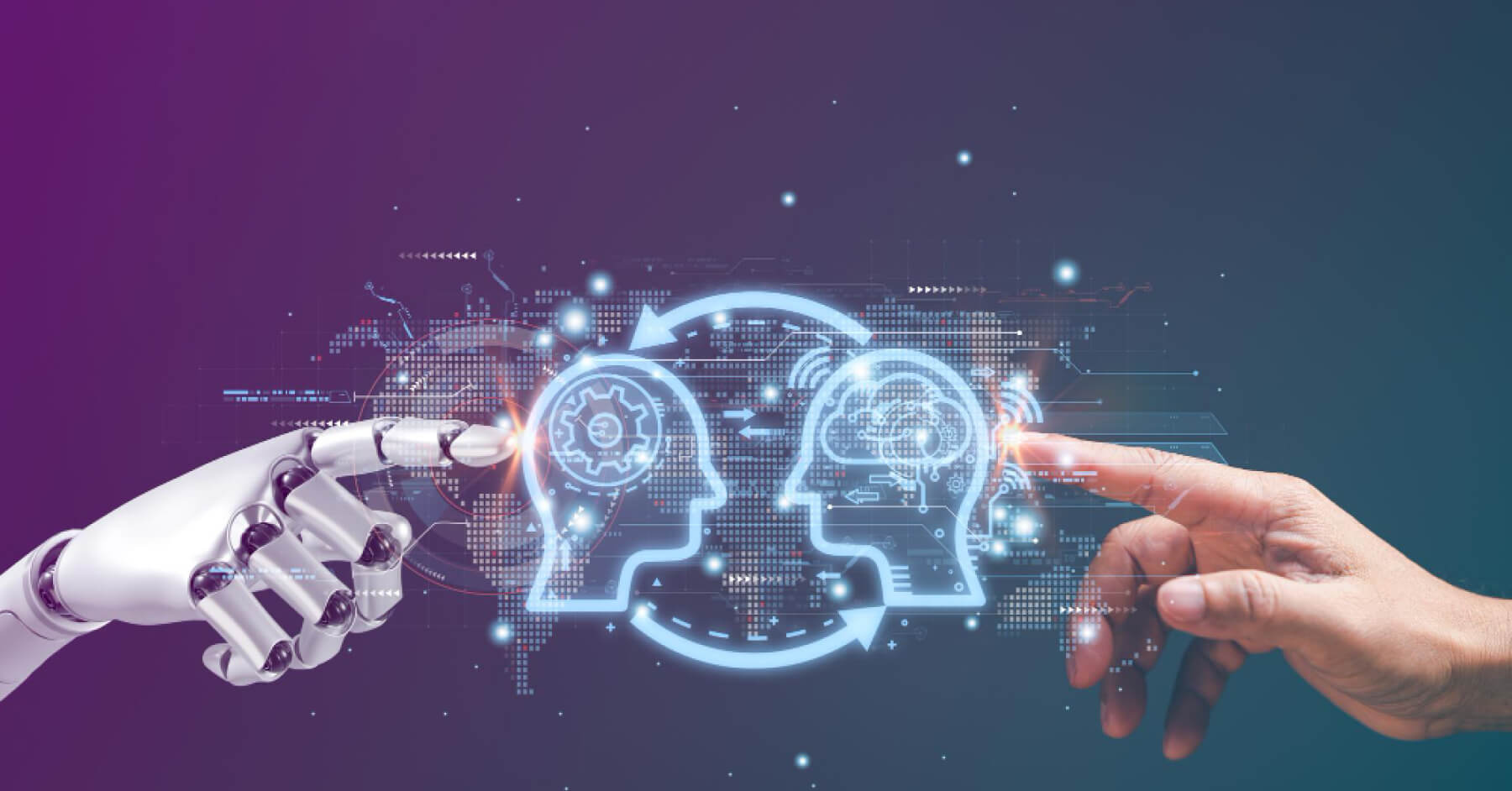
To scale employee engagement with AI means using artificial intelligence to understand, measure, and improve how employees connect with their work, teams, and company—at every level. Traditionally, engagement efforts relied on surveys and manual analysis, which worked fine for small teams but fell short as organizations grew. AI changes that by automating feedback collection, analyzing sentiment, and predicting trends across thousands of employees in real time.
AI in employee engagement helps HR leaders personalize communication, rewards, and recognition programs based on role, location, and behavior patterns. It doesn’t just gather data but it interprets it. The capabilities of AI tools in HR allow organizations to transform engagement processes by efficiently analyzing large volumes of data and providing actionable insights that were previously unattainable.
Instead of generic one-size-fits-all strategies, HR leaders can deploy targeted actions backed by HR analytics with AI. The technology transforms HR automation for engagement from reactive to proactive by detecting disengagement before it spreads.
If AI can personalize and predict, what happens when you still rely on one-size-fits-all, manual engagement tactics?
Why do traditional engagement tactics don’t scale anymore?
Employee engagement used to be simple: send out a survey, host a few team events, and call it a success. But as teams grow, locations expand, and hybrid work becomes the norm, those traditional tactics can’t keep up. Here’s why they no longer scale in today’s dynamic workforce:
Generic surveys and slow, manual analysis miss the unique needs and shifting emotions of employees across roles and locations. As a result, engagement efforts often feel impersonal and reactive instead of meaningful.
Organizations now need systems that personalize feedback, detect burnout early, and support ongoing, data-driven action.
- One-size-fits-all engagement falls flat: Generic surveys and blanket initiatives don’t reflect the diverse needs of different teams, roles, or locations. Employees now expect personalized experiences—something traditional methods can’t deliver effectively. When engagement feels uniform, it loses meaning and impact, leaving many employees unseen and unheard.
- Manual feedback processes are too slow: By the time HR teams analyze survey data and share results, engagement issues may have already escalated. Without AI in employee engagement, insights arrive too late for real action. Fast-growing organizations can’t afford to wait months to understand how their people feel or why they’re disengaged.
- Limited visibility into real-time sentiment: Traditional engagement tools capture snapshots, not ongoing emotions. They miss subtle cues that indicate burnout or frustration, making proactive intervention impossible. AI-powered engagement tools, in contrast, track behavior patterns and feedback continuously, allowing HR leaders to respond as soon as issues surface.
- Lack of scalability across global teams: As organizations expand, manually managing engagement data becomes overwhelming. Without HR automation for engagement, scaling consistent communication and analysis is nearly impossible. The result is fragmented insights, inconsistent experiences, and missed opportunities to connect meaningfully with distributed teams.
- Reactive rather than predictive insights: Old methods identify problems only after they occur, forcing HR leaders into constant catch-up mode. AI for HR leaders changes that by predicting engagement trends before they harm retention or productivity. This shift from reactive to predictive engagement is what modern organizations need to stay ahead.
Now that we’ve unpacked why old approaches can’t keep up, let’s zoom in on the costliest symptom of that gap.
Predicting employee burnout and disengagement using AI

Predicting employee burnout and disengagement using AI is no longer a futuristic concept—it’s a necessity for modern HR leaders. Traditional check-ins or yearly surveys often miss the early signs of emotional fatigue or disconnection.
AI in employee engagement bridges that gap by continuously analyzing behavioral patterns, communication tone, and feedback data to identify when employees start showing signs of burnout. The accuracy of AI in detecting these early warning signs ensures that HR teams can trust the insights and act promptly.
With HR analytics with AI, HR teams can spot red flags long before they turn into turnover. For example, sudden drops in participation, slower response times, or declining sentiment in feedback channels can trigger automated alerts. AI can also find subtle indicators of disengagement that might otherwise be missed by traditional methods. An AI-powered engagement tool can then recommend tailored interventions—like adjusting workload, revisiting goals, or scheduling one-on-one discussions—to re-engage the employee before it’s too late.
This proactive approach allows organizations to personalize engagement with AI rather than react to problems after they arise. It transforms engagement management from guesswork into precision science. For HR leaders, it means gaining the ability to prevent disengagement rather than repair it. By integrating AI in HR systems, burnout prediction becomes an everyday process, not a one-off event—helping teams stay healthy, motivated, and genuinely connected.
Now that we’ve explored how AI predicts disengagement, we need to address the hesitation that still holds many leaders back.
Common myths about AI in employee engagement
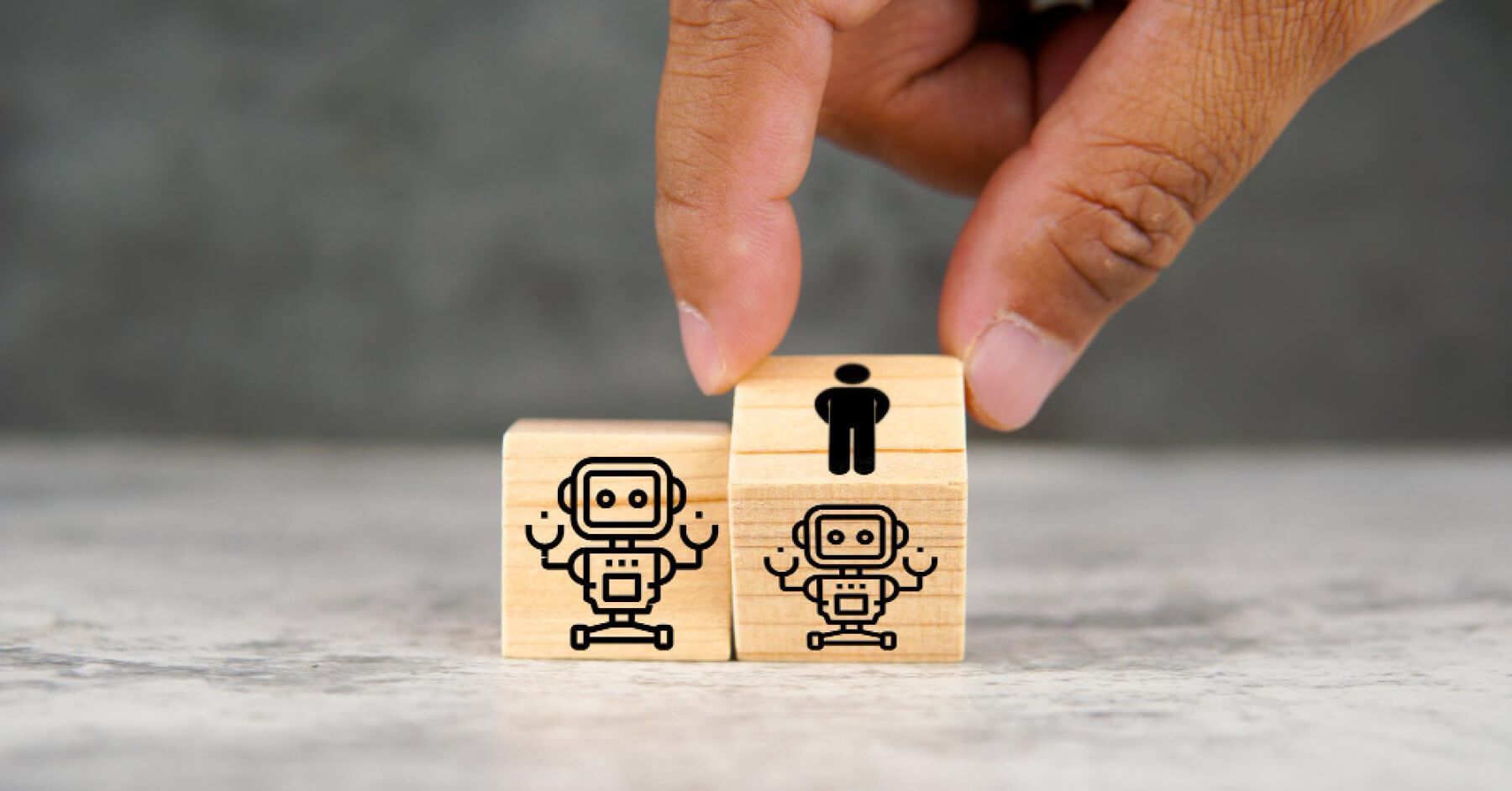
AI has quickly become a major player in the employee engagement space, but not without its share of misconceptions. Many HR leaders at ai companies still see it as either a threat to human connection or an overly complex technology. Let’s clear the air and separate facts from fiction with these common myths about AI in employee engagement.
- AI replaces human empathy in HR: One of the biggest myths is that AI removes the “human” from human resources. In reality, it enhances empathy by giving leaders insights into employee sentiment, helping them act thoughtfully. AI doesn’t replace emotional intelligence—it amplifies it with data-backed understanding.
- AI engagement tools are only for tech-savvy companies: AI-driven employee engagement isn’t limited to big tech or large enterprises. Modern platforms are intuitive, low-code, and easy to integrate. The adoption of AI tools is rapidly increasing across organizations of all sizes, making it easier for businesses to strategically integrate AI into their workflows. Even mid-sized organizations can leverage AI to collect feedback, analyze sentiment, and improve engagement without heavy technical expertise.
- AI makes engagement impersonal: Contrary to belief, AI helps personalize engagement at scale. AI-driven innovation is transforming engagement strategies by enabling new, creative approaches to employee interaction and recognition. It analyzes feedback patterns, performance data, and employee preferences to tailor communication and recognition. Far from being impersonal, it ensures every employee feels seen and heard—just more efficiently.
(Source: Stanford HAI 2025 AI Index)
- AI tools invade employee privacy: When implemented responsibly, AI engagement tools protect, not exploit, employee data. They rely on anonymized feedback and aggregated insights, ensuring transparency and trust. Reputable HR software platforms comply with strict data protection standards like GDPR and SOC 2.
- AI is too expensive for most HR teams: AI-based engagement platforms have become far more accessible than before. Many SaaS solutions offer modular, pay-per-use pricing, making them affordable even for growing enterprises. Investing in AI often saves costs long-term by improving retention and productivity.
- AI only tracks employee performance: AI in engagement goes beyond productivity metrics—it uncovers motivation, sentiment, and burnout risk. Advanced tools analyze behavioral signals to help managers act before disengagement escalates. The goal isn’t surveillance but support—using insights to create happier, more connected teams.
Now that we’ve separated hype from reality, it’s the perfect moment to see how AI actually shows up in day-to-day engagement.
AI-powered personalization: Tailoring engagement by team and role
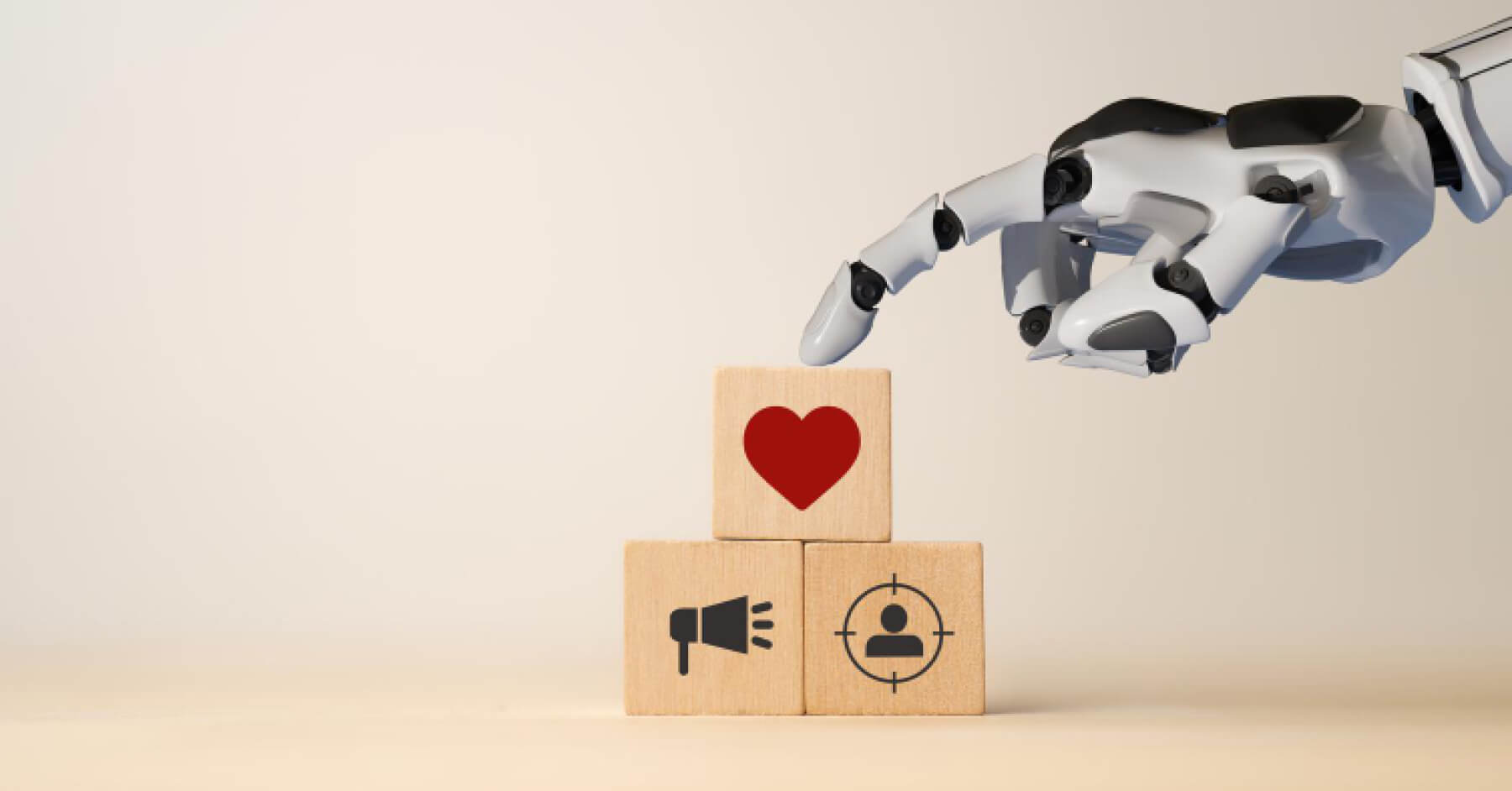
Personalizing engagement isn’t just about sending customized messages—it’s about understanding what motivates each team, role, and location. AI takes this to the next level by uncovering behavioral patterns, predicting needs, and guiding HR leaders toward data-driven, human-centered actions. By providing specific instructions to AI tools, organizations can generate content and engagement strategies that are precisely tailored to their brand voice and audience needs.
1. Start with the right AI-powered engagement platform
The foundation of scaling engagement lies in choosing an AI-powered engagement tool that seamlessly integrates data, automates insights, and aligns with your existing HR systems, while leveraging advanced AI technologies.
A well-chosen platform can predict engagement trends, streamline HR analytics with AI, and provide actionable recommendations that fit your company culture.
2. Segment your workforce by role, function, and location
Every department experiences engagement differently. AI in HR makes segmentation simple by analyzing behavioral data, job roles, and geographies to reveal unique motivators.
This segmentation ensures each engagement plan feels relevant, timely, and aligned with what truly drives employees in their daily work, offering AI-generated content.
3. Define engagement goals for each employee persona
Use AI in employee engagement to analyze satisfaction trends, performance, and retention risk. Then, build targeted goals for each persona—whether it’s boosting collaboration for remote teams, recognition for customer-facing employees, or learning opportunities for new hires.
It helps HR leaders personalize engagement with AI to meet real needs, and by setting clear objectives, organizations can achieve better engagement outcomes.
4. Use artificial intelligence to customize feedback channels for different team
AI identifies communication preferences—whether employees prefer chat updates, email surveys, or mobile push notifications, emphasizing the importance of fostering ongoing dialogue through these channels.
By tailoring frequency, tone, and channel type, generating ideas ensures feedback feels conversational and relevant. This precision drives higher participation rates and richer, more authentic employee input.
5. Automate pulse surveys tailored to each role's engagement drivers
Generic surveys no longer work. AI-powered pulse surveys dynamically adjust questions based on department data and historical trends. Whether it’s measuring autonomy, growth, or recognition, these adaptive surveys create ongoing, role-based engagement loops that HR can act on instantly.
Quality control measures that meet expectations , such as human-in-the-loop verification and automated validation, ensure the accuracy and reliability of survey results.
6. Leverage AI to analyze sentiment and identify early disengagement
AI in workforce engagement platforms can read between the lines—detecting subtle tone changes, emotional shifts, and engagement dips in feedback or internal communications, but the effectiveness of these AI tools relies heavily on rigorous model evaluation to ensure accurate and reliable sentiment analysis. These early warnings help HR leaders intervene proactively, preventing small morale drops from becoming bigger retention risks.
7. Deliver personalized insights to managers for action planning
AI for HR leaders doesn’t just centralize data—it contextualizes it. Managers receive team-specific insights highlighting engagement trends, common concerns, and key motivators, providing key insights for action planning. This helps them act with empathy, tailor recognition, and make informed decisions that build trust and accountability.
8. Track and compare team-level engagement trends over time
With HR analytics with AI, HR teams can monitor long-term engagement performance across departments, job levels, or geographies. This comparative tracking highlights which teams are thriving and which need extra support, turning raw data into actionable engagement intelligence.
Regular reports help HR teams monitor and communicate engagement trends, ensuring insights are clearly presented and support informed decision-making.
9. Integrate AI feedback with HRMS for real-time engagement touchpoint
Connecting AI insights to your HRMS allows engagement data to flow into key processes like onboarding, reviews, and promotions.
This integration ensures that engagement is never a one-off project—it becomes part of every employee’s continuous experience within the organization, highlighting the importance of establishing best practices for integrating AI feedback into HRMS workflows.
10. Refine your engagement strategy continuously using generative AI learnings
AI evolves as your organization grows, offering fresh insights over time and supporting the ongoing development of engagement strategies informed by AI learnings. With HR automation for engagement, HR leaders can refine their approach based on what’s actually working. This constant cycle of learning, testing, and adapting keeps engagement strategies relevant and effective year after year.
Now that we’ve seen how AI tailors today’s engagement, let’s peek at what these systems will unlock for HR leaders tomorrow.
Future of AI in employee engagement: What to expect next
The future of AI in employee engagement is centered on delivering personalized, real-time support at scale.
AI platforms will evolve from passive dashboards to proactive engagement partners, helping leaders make better decisions and nurture team well-being consistently.
The future of AI in employee engagement is all about personalization at scale. As HR leaders strive to understand and motivate diverse workforces, generative artificial intelligence will make engagement more adaptive and context-aware.
Next-generation AI platforms are expected to deliver even more sophisticated, real-time personalization and predictive capabilities, transforming how organizations approach employee engagement. Instead of relying on generic surveys or annual reviews, organizations will use predictive models that identify engagement dips early and suggest real-time actions for managers.
In the next few years, expect AI-driven platforms to evolve from analytics tools to proactive engagement partners. These systems will use emotion recognition, behavioral analytics, and sentiment mapping to tailor interventions, reflecting emerging trends in AI that are shaping innovative engagement strategies.
For instance, they might recommend a recognition message when morale dips or flag burnout risks before they surface. The focus will shift from measuring engagement to continuously nurturing it through intelligent automation.
At the enterprise level, AI will also democratize insights across all layers of leadership. Manager dashboards powered by People Science will help teams make informed, human-centered decisions backed by data. Integrations with HR systems, collaboration tools, and wellness platforms will create an interconnected ecosystem that fosters belonging, motivation, and growth.
The future of AI in employee engagement isn’t about replacing human connection—it’s about using intelligent systems to deepen it across every interaction. As AI continues to evolve, its expanding role in HR will further enhance the employee experience and drive organizational success.
“But scaling engagement with AI seems risky and over-hyped”
Many employers look at the idea of using AI to scale engagement and think: “Yes, sounds interesting, but isn’t this just another buzzword, fraught with risks, unclear ROI, and potential disengagement from the human side of things?” You’re worrying if deploying “AI-powered engagement” will backfire: it might feel impersonal, maybe the data will be wrong, or maybe the novelty will wear off and people will tune out. It’s valid, especially when most organisations are still only experimenting with AI agents rather than fully executing them.
In fact, according to the latest research by McKinsey & Company, while 62% of organisations report experimenting with AI agents, only a smaller portion are scaling them meaningfully. In other words: yes, risk and hype exist, but when done right, scaling engagement with AI moves from experiment to strategic advantage.
If scaling engagement with AI can be done responsibly, what does it look like when a tool like CultureMonkey is designed specifically for that job?
How does CultureMonkey’s employee engagement survey help you scale engagement with AI?

CultureMonkey’s employee engagement platform is built for modern HR leaders who want to make engagement smarter, faster, and more personalized. Instead of relying on outdated surveys or static dashboards, it uses AI-driven insights to uncover what truly motivates your teams. Here’s how CultureMonkey helps you scale engagement with AI effectively:
- AI-driven pulse surveys for real-time insights: CultureMonkey uses intelligent pulse surveys that adapt to your organization’s unique engagement drivers. These surveys automatically adjust frequency and tone to match employee roles and sentiment. This helps HR leaders collect relevant, actionable feedback without overwhelming their teams.
- Sentiment analysis to detect hidden patterns: The platform’s AI in employee engagement tools analyze open-text responses to identify emotions, tone, and trends. By decoding what employees actually feel—not just what they say—HR teams can detect early signs of burnout or disengagement and act proactively.
- Personalized dashboards for managers: CultureMonkey’s AI-powered engagement tool gives managers custom dashboards showing real-time engagement metrics. These insights allow team leads to understand what’s working, address concerns faster, and align engagement efforts with team-specific needs and goals.
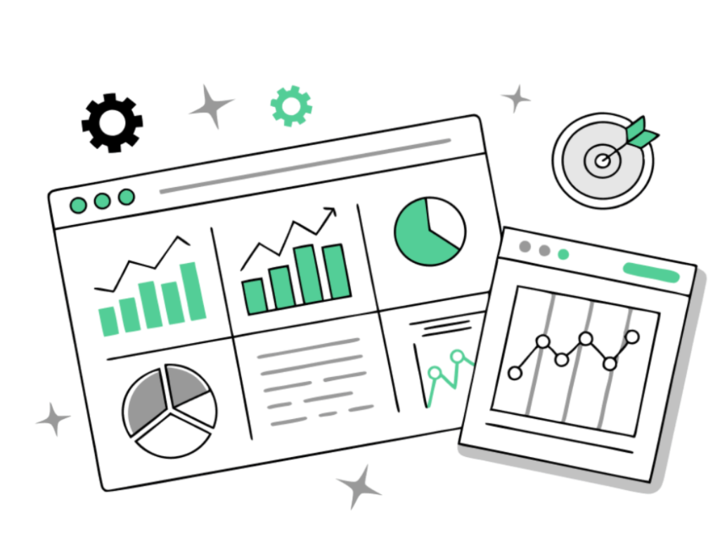
Predict, Act, and Engage Employees Better with CultureMonkey’s AI-Led Survey Intelligence.
Talk to Sales- Integration with HR analytics and workflows: The platform seamlessly integrates with existing HRMS and collaboration tools, enriching HR analytics with AI. This connection ensures engagement data flows into daily HR workflows, creating a unified ecosystem that supports continuous listening and improvement.
- Automated recommendations for HR leaders: CultureMonkey doesn’t stop at reporting—it advises. The AI in HR engine provides actionable suggestions, like which recognition programs or communication styles might improve engagement scores for specific employee groups. It turns data into clear, strategic guidance.
- Continuous learning and optimization: CultureMonkey’s AI evolves with every survey and interaction. Over time, it learns from patterns and outcomes, refining its predictions and suggestions. This helps HR automation for engagement stay aligned with changing workforce dynamics, ensuring engagement scales seamlessly as your company grows. CultureMonkey’s ongoing AI efforts provide a competitive advantage in the HR technology market by continuously enhancing the platform’s capabilities and keeping it ahead of industry trends.
Conclusion
Scaling engagement with AI isn’t just the future, it’s happening right now. For HR leaders, it’s about turning data into human-centered action, predicting disengagement before it happens, and building a culture where every employee feels heard.
With the right AI-powered engagement tool, you can personalize experiences, automate insights, and make decisions that actually move the needle on motivation and retention. By scaling engagement with AI, your organization's overall performance can improve, helping to drive growth across all levels.
If you’re ready to transform how your teams connect, listen, and thrive, CultureMonkey can help you scale engagement with AI effortlessly. From real-time surveys to predictive insights, it gives HR leaders everything they need to build an engaged, future-ready workforce. AI-driven engagement can also contribute to your organization's revenue growth by boosting employee satisfaction and productivity.
Book a demo with CultureMonkey.
FAQs
1. Is AI really accurate in understanding employee emotions or sentiment?
Yes, modern AI in employee engagement is highly accurate. It uses natural language processing and sentiment analysis to interpret tone, keywords, and context from feedback. It identifies patterns that indicate engagement levels, burnout, or dissatisfaction and helps HR leaders act on data-driven insights. Improvement in engagement is strongly correlated with the accuracy of AI-driven sentiment analysis.
2. How can small HR teams start using AI for engagement without huge budgets?
Small HR teams can begin with affordable AI-powered engagement tools that scale as they grow. Platforms like CultureMonkey offer modular pricing and simple integrations, so you can start with pulse surveys or sentiment tracking first. The key is to personalize engagement with AI gradually by testing what works and expanding features as needs evolve.
3. What kind of data do I need to make AI-driven engagement work?
You don’t need massive datasets to get started. Basic engagement data such as survey responses, communication feedback, and participation rates are enough. Over time, HR analytics with AI learns from new inputs and refines insights. The goal is continuous improvement by using quality, consistent feedback instead of relying on overwhelming data volumes.
4. How do I measure the ROI of AI in employee engagement programs?
ROI can be measured through improved retention, productivity, and employee satisfaction. Track engagement scores before and after using AI-powered systems, and analyze turnover or absenteeism rates. Ongoing evaluation is essential to accurately measure the effectiveness and ROI of AI-driven engagement programs. HR automation for engagement also saves time and reduces manual workload by offering tangible cost benefits.
5. Are there risks in using AI to track engagement and feedback?
There are minimal risks if implemented responsibly. Leading AI in HR platforms prioritize data privacy, using anonymized and aggregated insights rather than tracking individuals. HR leaders should ensure transparency about how feedback is analyzed and used. Alignment lab technologies play a crucial role in ensuring the safety and ethical alignment of AI engagement tools.







